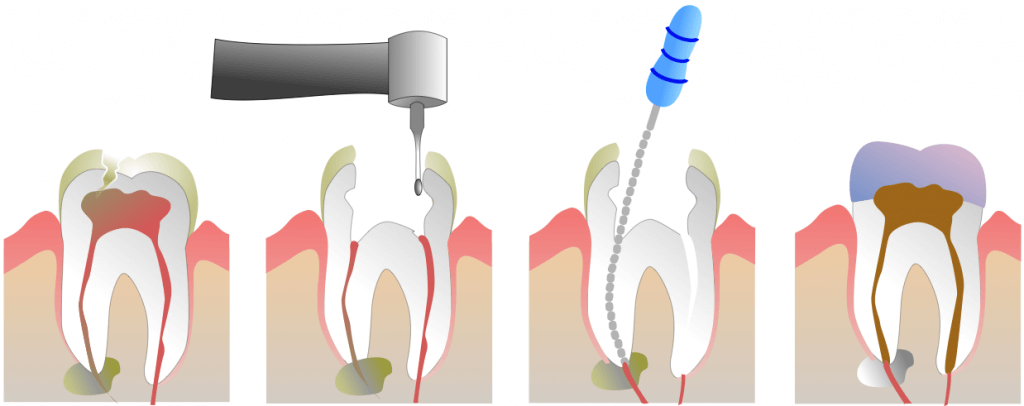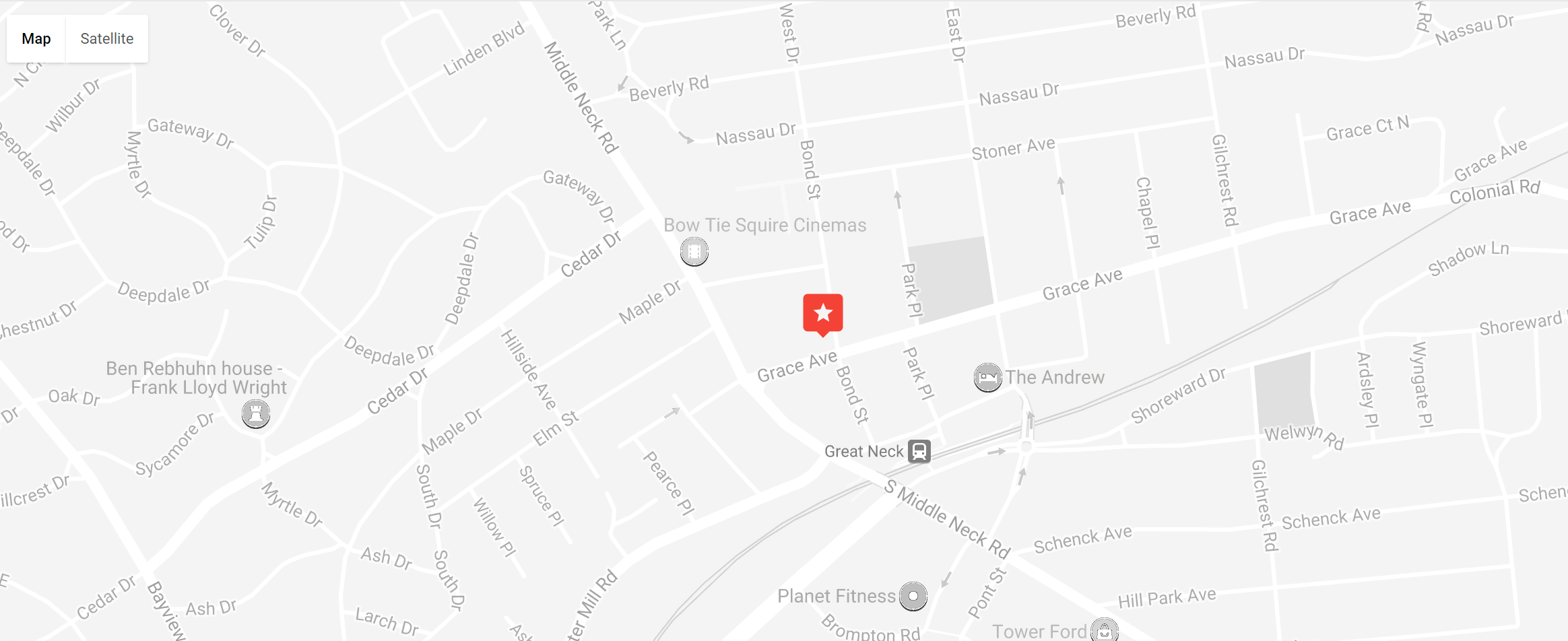Despite radical advances in technology and tools, there’s little about dentistry as misunderstood as the drill. If you require a dental procedure that uses a drill, no need to be nervous. Today’s drills are highly advanced pieces of equipment built to maximize effectiveness and minimize invasiveness. More often than not, drills are used for root canal, or endodontic, therapy. Endodontic therapy is as common these days as routine dental cleanings, and the drill is a vital tool in getting — excuse the pun — to the root of the problem.
Let’s put any misgivings to rest once and for all: Drilling a properly anesthetized tooth does not cause pain. In fact, it can actually save patients from the serious tooth pain caused by infections. Your dentist will suggest a root canal if you have a diseased tooth or infected nerve, both very serious threats to your dental health. If you are experiencing swelling around the gums, discoloration, or pain of the tooth itself, make sure to see your dentist right away for a full evaluation of the issue.
You might be asking yourself whether a drill is absolutely necessary to fix a diseased tooth or infected nerve. The answer lies in the anatomy of the tooth itself. When the dental pulp — the deepest part of the entire tooth — is infected, dentists must first pass through the enamel and then through the dentin in order to access it. The dental pulp is the part of the tooth that’s actually alive, and our teeth simply cannot survive when the pulp is infected. High-speed dental drills are what make it possible for dentists to disinfect the dental pulp with minimal impact on the healthy parts of the tooth.
Here’s what happens when you’re in the dentist’s chair for your root canal:
After you’re seated comfortably, the dentist uses a local anesthetic on the tooth in question. (Some root canal patients’ tooth nerves are already dead, meaning they can’t experience sensation in the tooth regardless of anesthesia.) After placing a rubber dam around your tooth to keep it clean and dry, the dentist uses a small drill to clear a tiny path to the dental pulp. Your infected pulp, nerve tissue, and any debris are removed, and the pulp chamber and canals are completely cleaned and disinfected. Depending on your unique case, your new, healthy tooth is then permanently sealed, or temporarily sealed along with medication to heal up any remaining infection. Lastly, the dentist completes any necessary restoration work like crowns or posts to protect your tooth and make it good as new.
Still nervous about the drill? We hope not. Root canal therapy is a safe, common medical procedure that allows people to keep their natural teeth instead of undergoing preventable extractions. While 100% pain-free dentistry may not exist, our patients tell us time and again that their root canals were far less painful and stressful than they expected them to be. With today’s major advances in medicine and dentistry, don’t fear the dental drill — embrace the technology. It might just be what helps you keep your teeth safe, healthy, and pain-free for years to come.





